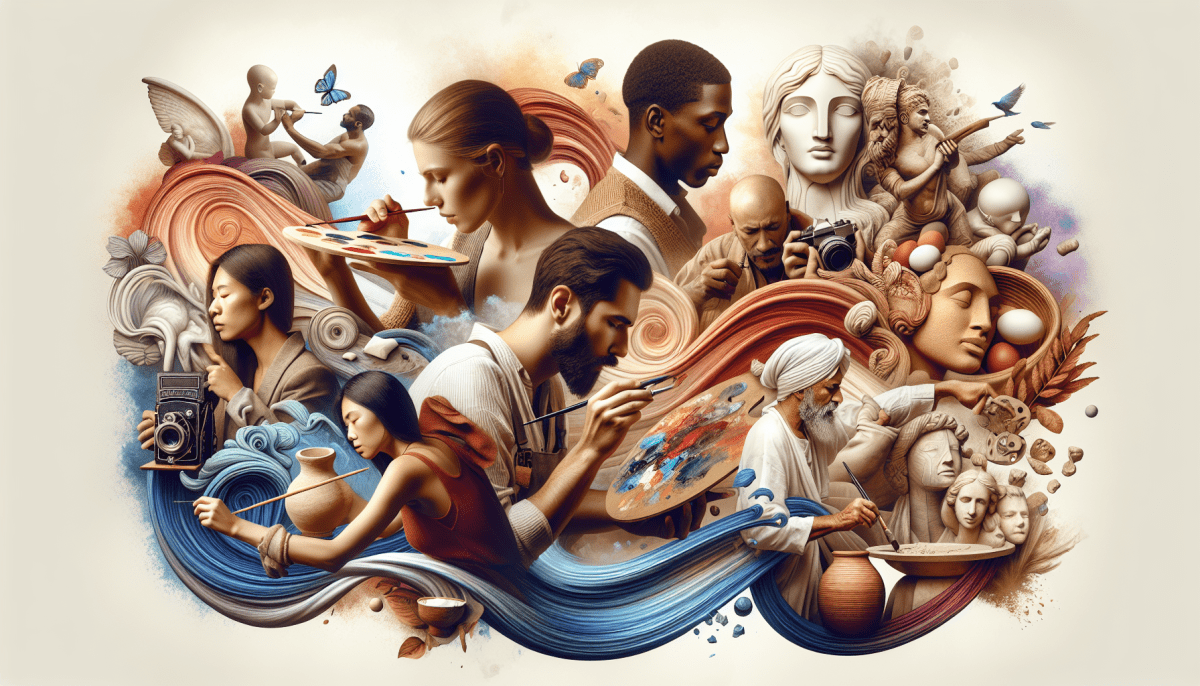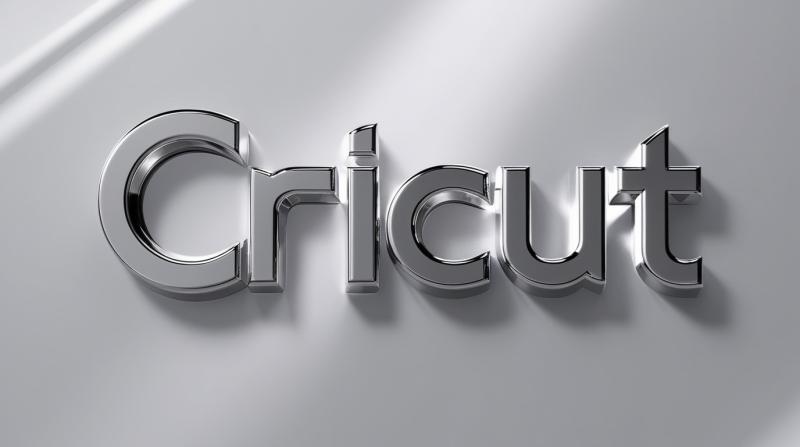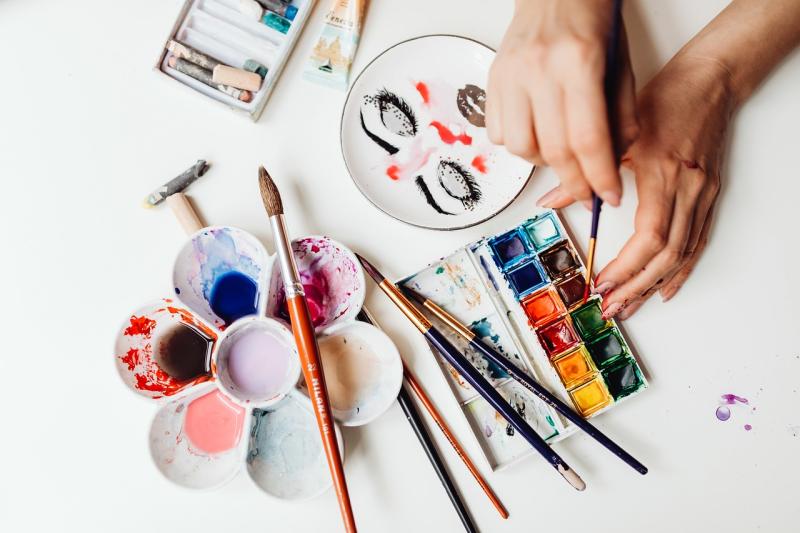One approach to discovering new techniques is to incorporate unconventional materials into your work. Perhaps you could try using recycled items, natural elements, or even technology. For instance, creating artwork from discarded objects not only gives a unique touch but also promotes sustainability. Imagine the vibrant colors of old plastics or the textures from weathered wood coming together to form a stunning piece of art.
Another exciting way to expand your artistic repertoire is to take workshops or classes that focus on different styles, such as abstract painting, digital art, or even sculpture. Engaging with fellow artists can provide fresh perspectives and ideas that may transform your own work. Collaborating with others can lead you to techniques you might never have considered on your own, allowing you to blend styles and create distinctive pieces.
Lastly, don’t shy away from embracing technology as a modern artistic tool. Digital art platforms and software offer artists a new avenue to express their creativity. From digital paintings to graphic design, these mediums can enhance traditional techniques and introduce innovative ways to visualize concepts. The fusion of technology and art can lead to breathtaking creations that capture the imagination of viewers.
The Beauty of Mixed Media
Mixed media art is a fascinating genre that combines a variety of materials and techniques, creating visual experiences that are rich and engaging. By blending traditional mediums like painting and drawing with unconventional elements such as textiles, found objects, and even digital components, artists can explore new dimensions of creativity. This versatility allows for innovative expression, where no two pieces are ever quite the same.
One of the most exciting aspects of mixed media is the freedom it offers artists to experiment. They can layer textures, colors, and shapes in ways that traditional art forms may not permit. For instance, an artist might use acrylic paint to create a vibrant background and then incorporate photographs, fabric, or newspaper clippings to add depth and meaning. This interaction of materials invites viewers to look closely, discovering new details and interpretations with each gaze.
The beauty of mixed media also lies in its ability to tell stories in complex ways. Each element an artist chooses holds its own significance, and when combined, they create a narrative that transcends the individual components. For example, a piece that features vintage postcards and handwritten letters can evoke nostalgia and transport viewers to another time. Such layered storytelling can resonate deeply, allowing for personal connections to the artwork.
Moreover, mixed media encourages collaboration and community engagement. Many artists today are sharing their works through workshops and events where participants can come together to create. This shared experience fosters a sense of connection and provides an opportunity for individuals to explore their creativity using various materials. As people contribute their unique voices, the resulting pieces often reflect diverse perspectives and communal experiences, enriching the art itself.
Embracing Nature in Art
One of the most popular ways to capture nature's essence is through painting. Artists often spend hours outdoors, painting en plein air, to capture the changing light and scenery. The textures and colors found in landscapes can evoke feelings of tranquility and wonder. Watercolor, oil, and acrylic paints all offer different ways to represent the world around us, each bringing its own mood and style to the artwork.
Sculpture also provides a tangible way to connect with nature. Many artists choose to work with natural materials like wood, stone, or clay, integrating the earth into their creations. These sculptures can range from small, intricate pieces to large installations that blend seamlessly with their surroundings. By using elements found in nature, artists create works that resonate with the environment and invite viewers to reflect on their relationship with the world.
Photography has transformed the way we experience and appreciate nature. It allows artists to capture fleeting moments, from a bird in flight to a flower blooming. With the click of a button, photographers can showcase the beauty of nature in stunning detail, encouraging others to see the world through their lens. Whether it’s macro photography of tiny insects or sweeping landscapes, capturing nature in this medium inspires admiration and respect for the environment.
In the digital age, artists can also explore nature through digital platforms. Digital art allows for endless experimentation, combining elements from various sources to create breathtaking landscapes that may not exist in reality. This fusion of technology and nature opens up new avenues for artistic expression, inviting viewers to imagine new worlds while still honoring the beauty of the natural environment.
Digital Art and Its Possibilities
Digital art has transformed the way we create and experience art. With the advent of technology, artists now have access to a wide array of tools that enhance their creative expression. From graphic design software to digital painting applications, the possibilities are endless. These tools allow artists to experiment with colors, textures, and techniques that might be challenging to achieve using traditional mediums.
One of the most exciting aspects of digital art is its accessibility. Artists around the world can share their work with just a few clicks, reaching a vast audience that was once difficult to connect with. Platforms such as social media and online galleries enable artists to showcase their creations and receive instant feedback. This open exchange of ideas fosters a thriving community where both established and emerging artists can grow and inspire one another.
The versatility of digital art also opens doors for collaboration. Artists can join forces with musicians, writers, and other creatives to produce multimedia projects that blend various art forms. For example, animations can accompany soundtracks, giving life to stories in ways that traditional art forms often cannot. This collaborative spirit encourages innovation and pushes the boundaries of what art can be.
Moreover, digital art introduces unique opportunities for customization and personalization. Artists can create works that can be easily modified based on individual preferences, allowing viewers to engage with the art in a more intimate way. Additionally, the rise of NFTs (non-fungible tokens) has further revolutionized the digital art landscape by providing artists with new avenues for selling and monetizing their work, while also giving collectors a way to own unique digital pieces.



